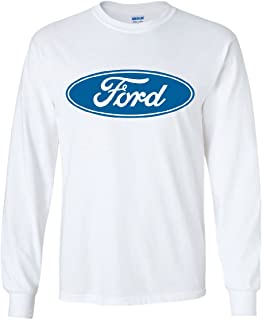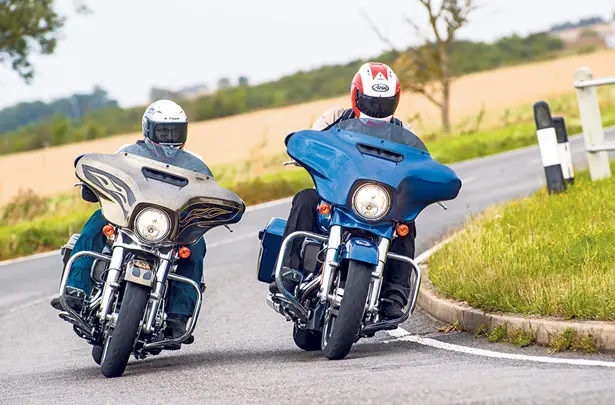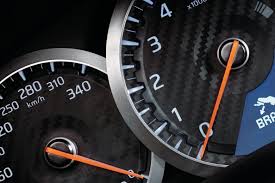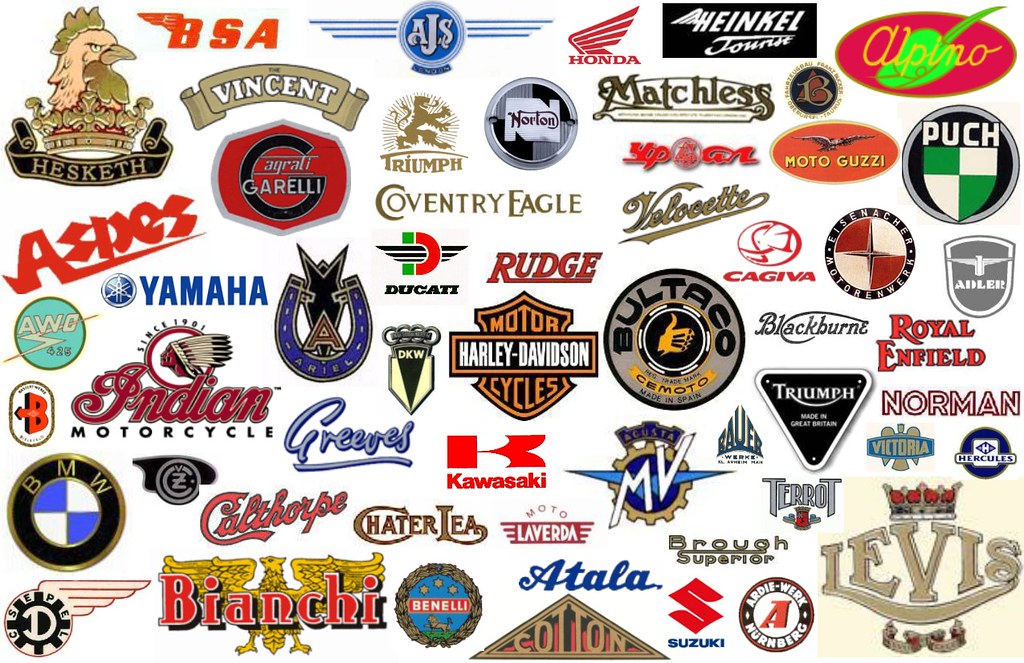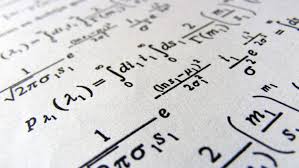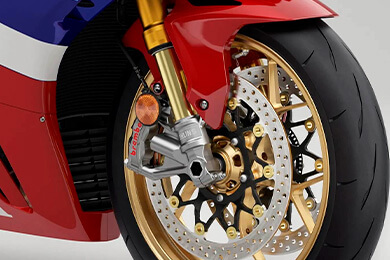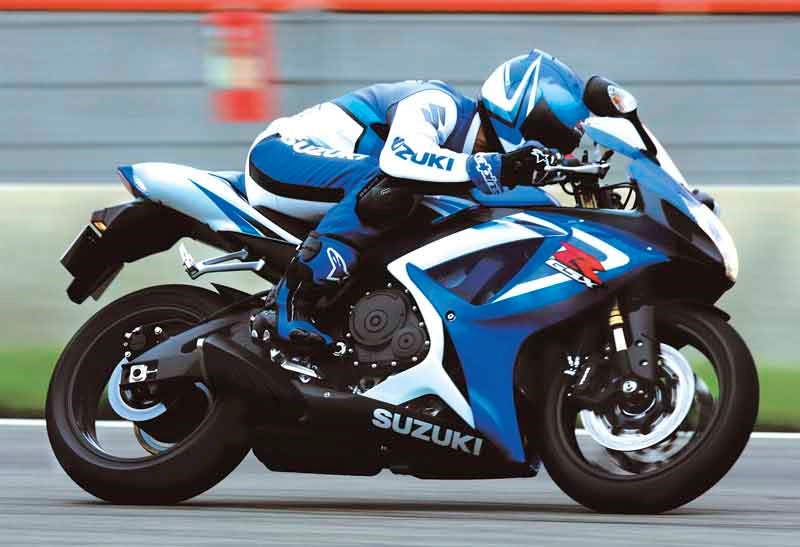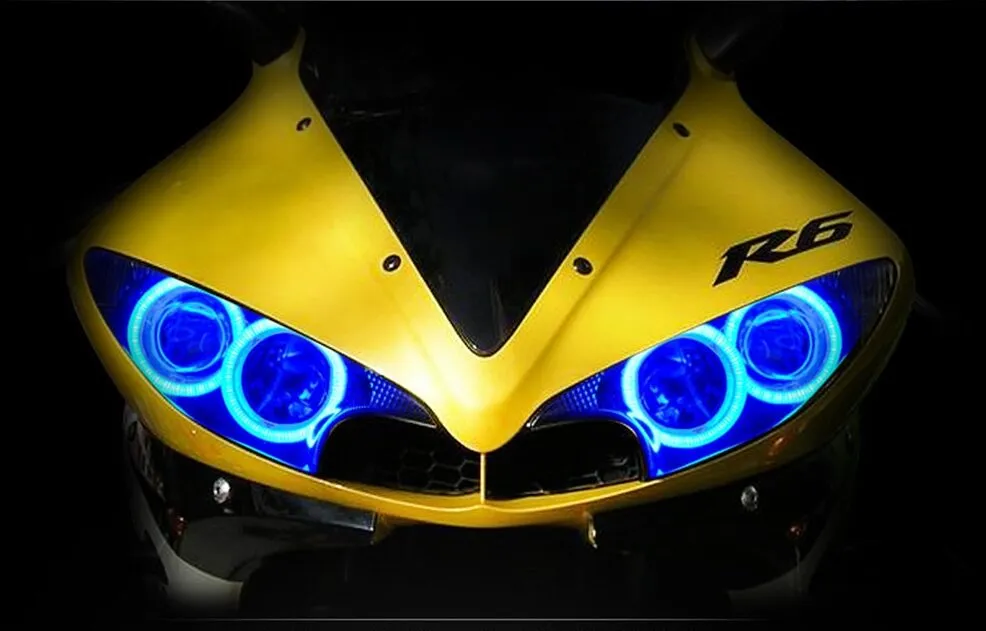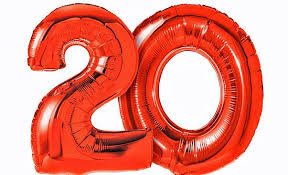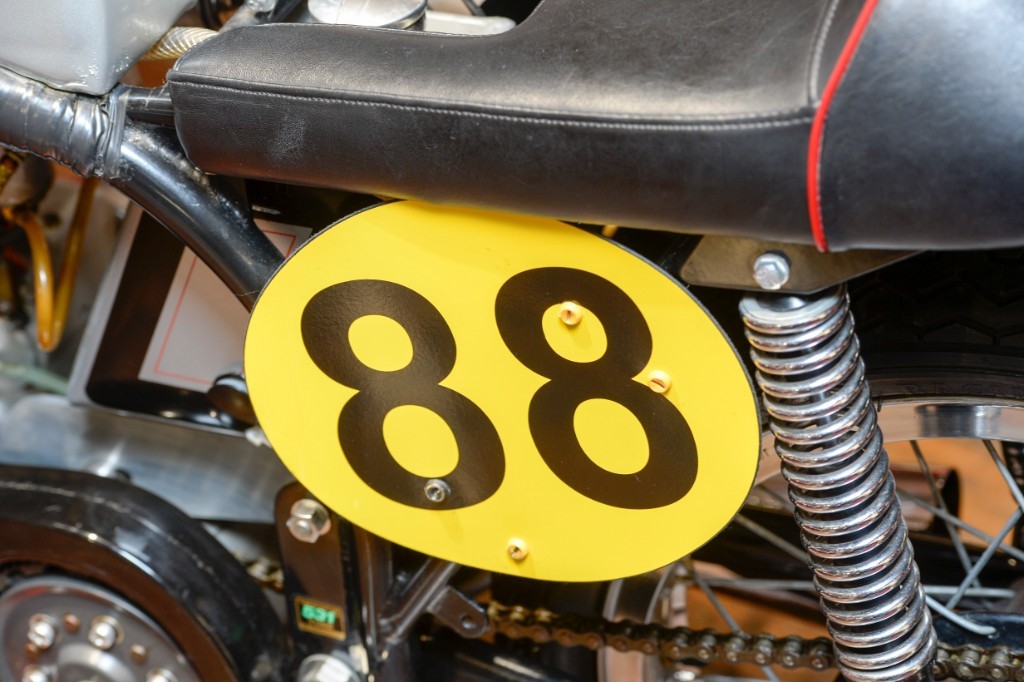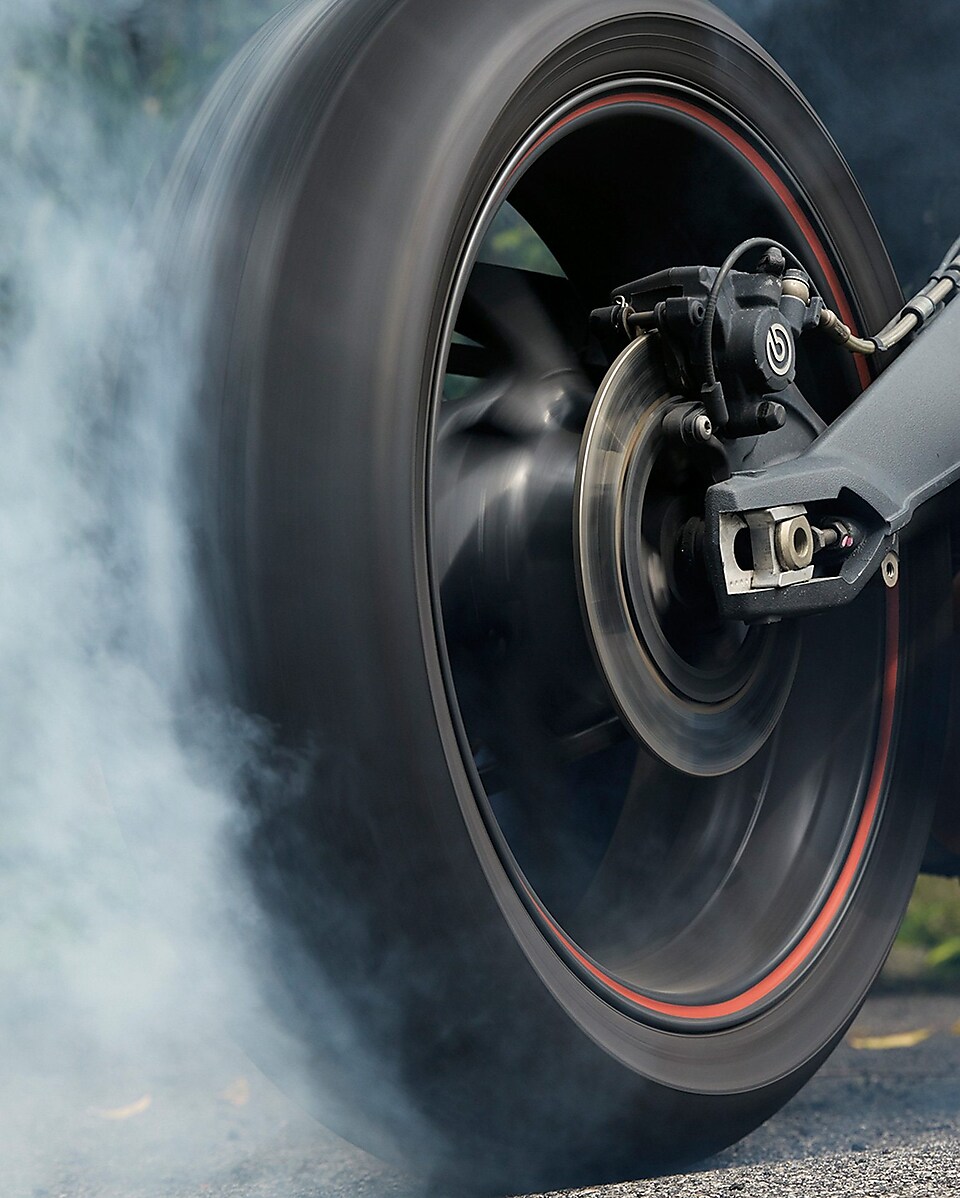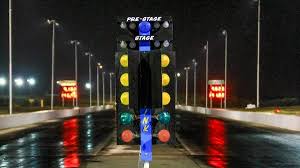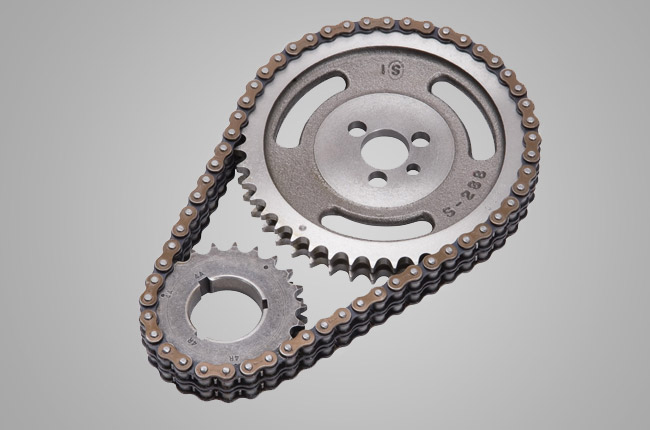


This edition of the Suzuki GT 380 J is the 6 speed | Manual version and was first brought out in 1972. This was at around the same time as the introduction of the 1973 Kawasaki H2 750 Mach IV and the 1972 Kawasaki H2 750 Mach IV.This particular Suzuki GT 380 has a 371cc Air cooled, Four stroke, Wankel Petrol powerplant with 3 cylinders and Carburettor.
The 1972 GT 380 shares its Wankel engine and Standard style configuration with the likes of the 2020 Yamaha XSR 700 Twin and the 2018 Yamaha XSR 700 Twin. Alternatively, if you're looking for other bikes which share the GT 380's Standard style with a similar size of engine then how about the 1989 Yamaha WR 250 Z | 1989cc.1984 Yamaha FZ 400 N | 1984cc.
Weighing in at 171 kgs (376 lbs) this makes the Suzuki GT 380 J in the same weight category as the 2025 Yamaha Tracer 9 Triple or the 2025 Yamaha Tenere 700, give or take 50kg.
In terms of power the 371cc 21 valve Wankel 3 cylinder engine produces 38 bhp (28 kW) @ 7500 rpm similar to the 2025 Honda X-ADV 745 [57.8 bhp (43 kW) @ 6750 rpm] or the 2025 Yamaha WR 250 F [36.1 bhp (26 kW) @ 12000 rpm].
The Piston Port Four stroke unit throws out torque of 28.0 lb-ft (37.9 Nm) @ 6000 rpm placing it alongside motorbikes of similar performance figures such as the 2025 Yamaha MT-07 Twin Cylinder [50.0 lb-ft (67.7 Nm) @ 6500 rpm] and the 2025 Yamaha Tenere 700 [50.2 lb-ft (68.0 Nm) @ 6500 rpm].
If one combines the weight with power or torque performance for the Suzuki GT 380 you can get a better idea of it's real world performance.
The 1972 Suzuki GT 380 J has a Power to weight ratio of 222.2 bhp per ton and 163.7 lb-ft per ton. Bhp Per Ton figures of the 1972 GT 380 competing with the 2008 Yamaha MT-03 Twin Cylinder [246.7 bhp\ton] and the 2006 Yamaha MT-03 Twin Cylinder [246.7 bhp\ton].
If you agree with the late great Carroll Shelby, then arguably an even better indicator of potential performance is Torque. Factor weight into the equation and you end up with - Torque per ton, with the Suzuki GT 380 generating around 163.7 lb-ft per ton. If you're curious as to what other motorbikes have as much torque to weight then look no further than the 1973 Yamaha TX 650 Twin [188.6 lb-ft per ton] and the 1973 Yamaha XS 650 Twin [188.6 lb-ft per ton].
With a 0-60mph time of 16.6 secs or a 0-100km/h (0-62mph) of 17.0 secs, this makes the Suzuki GT 380 J similar in acceleration to the 2015 Kawasaki W 800 Twin Cylinder (16.6 secs) and the 2015 Kawasaki W 800 Limited Edition (16.6 secs). This Suzuki GT 380 J also competes in terms of 0-60 mph and 0-100km/h with the 2018 Honda CB 250 R Neo Sports Cafe (0.0 secs) and the 2020 Norton Superlight SS (0.4 secs).
When talking about the performance of the 1972 Suzuki GT 380 J on the drag strip it can reach a quarter mile in an estimated 0 secs @ 0 mph. Bikes with a similar performance down the quarter mile can be found in the 2018 Honda DR 200 S (0 secs) and the 2010 Honda CBR 125 R (0 secs).
The 1972 version of the Suzuki GT 380 J has a maximum speed of 95mph.
If maxing out your bike on the AutoBahn is your thing and you're wondering what's faster at the top end than the 1972 Suzuki GT 380 J then how about a 2020 Yamaha XVS 950 V-Star Bolt R Spec (106 mph) and the 2018 Yamaha XVS 950 V-Star Bolt (106 mph).




